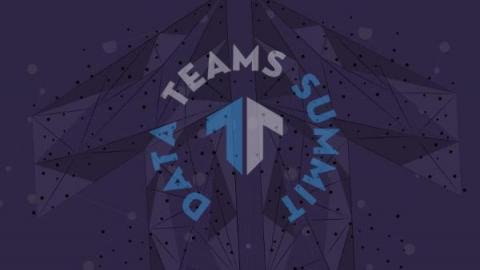DBS Discusses Data+FinOps for Banking
DBS Bank Head of Automation, Infrastructure for DBS Big Data, AI and Analytics Luis Carlos Cruz Huertas has a 1-on-1 discussion with Unravel CEO and Co-founder Kunal Agarwal about the convergence of DataOps and FinOps. The discussion, Leading Cultural Change for Data Efficiency, Agility, and Cost Optimization, was held at a recent Untap event in New York and revolves around best practices, lessons learned, and insights on.








